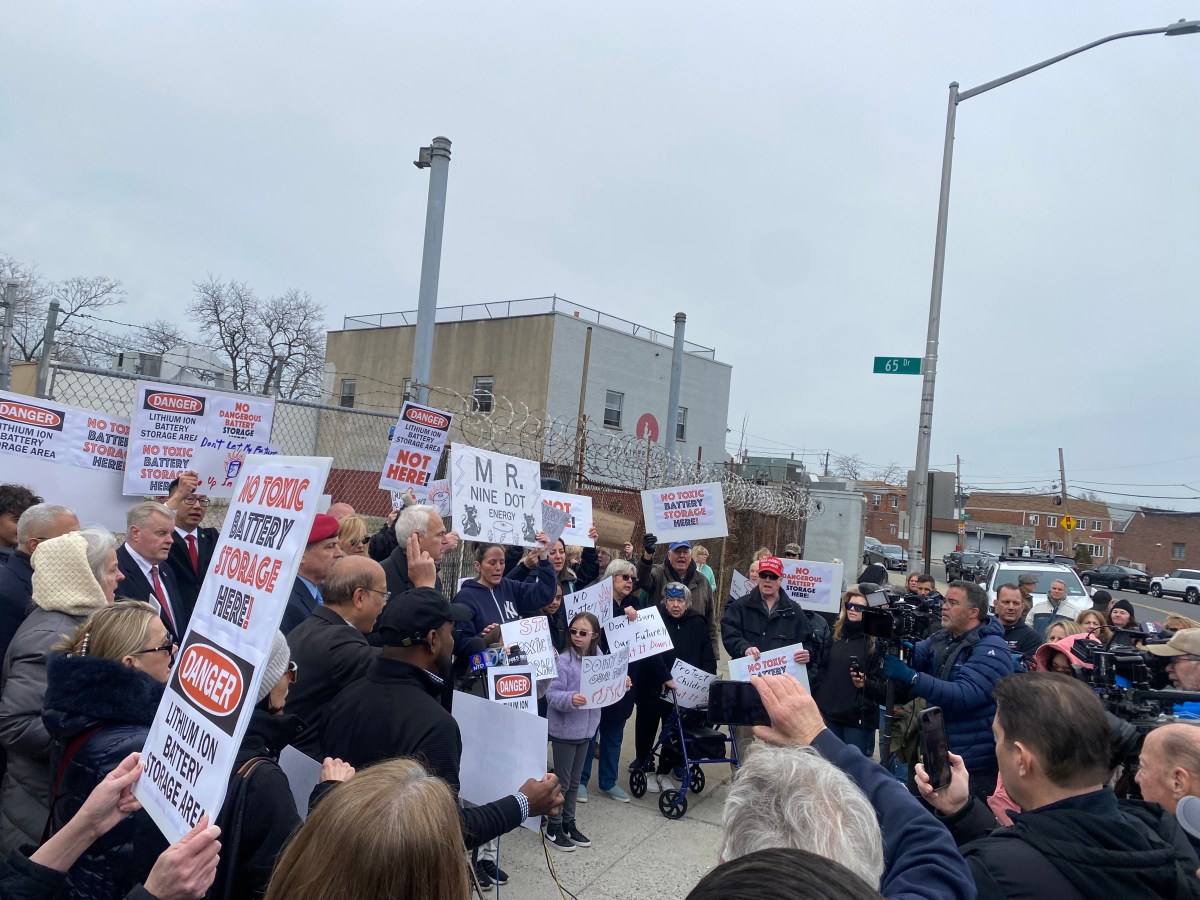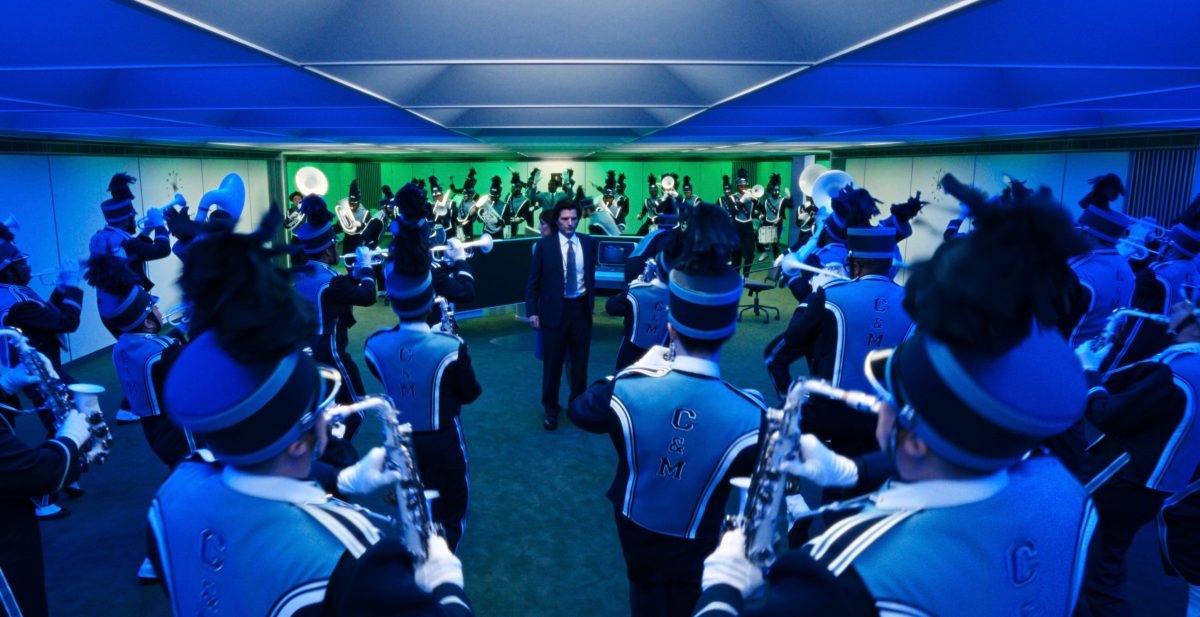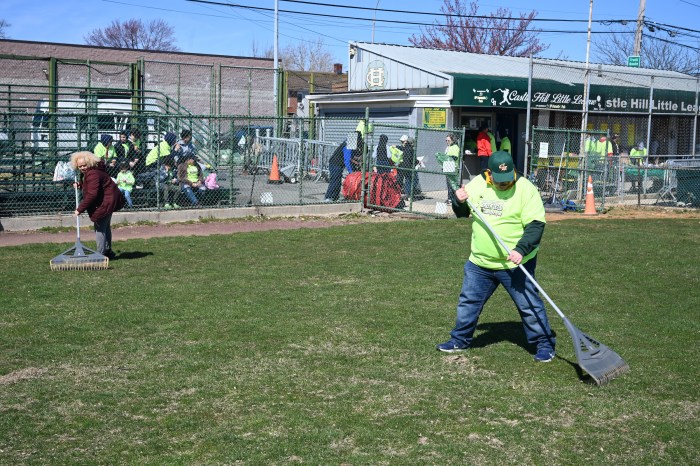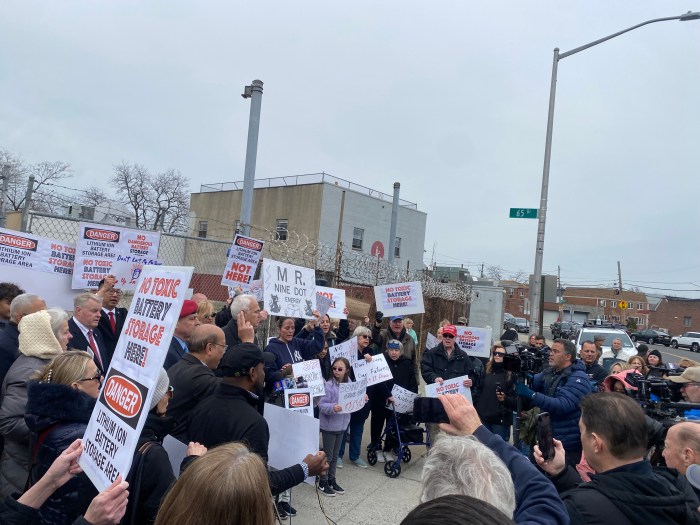By Albert Amateau
There were 14 pedestrian deaths on Canal St. from auto accidents in the seven years from 1995 through 2001, according to a new study by Transportation Alternatives, a group that advocates for traffic safety.
Eight pedestrians died in accidents on Houston St. and seven were killed on 14th St. during the study period.
Those daunting facts are part of the group’s citywide study, with maps, available on-line at www.crashstat.org. The Web site shows where and how often pedestrians are killed or injured by autos and whether safety at each location has improved over the seven years that the study covers.
In the entire borough of Manhattan, there were 6,011 locations where auto accidents resulted in 304 pedestrians killed and 26,341 injured between 1995 and 2001, the last year that accurate data is available.
“The city Department of Transportation to its credit has made several pedestrian-oriented safety improvements, but Manhattan streets can still be much safer by redesigning streets using traffic calming devices,” said Kit Hodge, Transportation Alternatives staff member.
Pedestrian refuge islands, clearly marked crosswalks visible to pedestrians and drivers and stricter enforcement of safe driving rules are some of the strategies that Transportation Alternatives is advocating.
Despite the high number of pedestrian fatalities on Canal St., the study indicates that safety has improved at several Canal St. locations.
“I agree that safety has improved, but a lot more work needs to be done,” said Marc Ameruso, a Community Board 1 member who lives near Canal St. “The Canal Area Transportation study that NYMTC [New York Metropolitan Transportation Council] is doing with the community is a big step in the right direction. It’s going into its second phase in September – looking into long-term solutions – and I expect it to bring more safety improvements.” he added.
Nevertheless, the numbers in the Transportation Alternatives study are chilling. There were two deaths and 14 injury-causing accidents during the study period at the Canal St./Bowery ramp to the Manhattan Bridge, a location classified as “improved” with fewer pedestrian injury accidents in the three years of 1999 to 2001, compared with 1995-1997.
Accidents at four other Canal St. intersections — Mott, Allen, Lafayette and Mulberry Sts. — also had two deaths each during the study period. Accidents at the Centre, Varick and Church St. intersections resulted in one death each and one person was killed on Canal between Hudson and Varick Sts.
Accidents with three fatalities occurred at the intersection of E. Houston St. and Avenue A and on Union Sq. East at E. 15th St. Two pedestrians died in accidents at three locations, E. Houston at Bowery, on Bowery at Grand St., and on Grand at Chrystie St.
The Essex and Delancey Sts. intersection and the West 14th St. and Sixth Ave. intersection were among the most dangerous, each with one death and 51 injuries in the study period. E. 14th St. at Third Ave. was ninth on the most dangerous list with one death and 45 people injured. E. 14th St. at First Ave. was 10th on the list with one death and 43 injured – it also became more dangerous with 10 more pedestrians injured in the latter half of the study period.
The Manhattan zip code area with the most fatalities, 25, was 10002, bounded on the east by Bowery and Catherine St., on the north by E. Houston St. and on the south and east by the East River. The area, which includes the east end of Canal St., also had 1,149 injury accidents. Zip Code area 10013 on the west side, including the central part and the west end of Canal St., had 17 fatal pedestrian accidents and 895 injury accidents.
Albert@DowntownExpress.com
WWW Downtown Express

































